What is a Sitemap?
A sitemap is a file that provides a structured list of pages, URLs, videos, and other resources on a website. It helps search engines crawl and index the site’s content more effectively. By offering a clear map of the site’s structure, sitemaps ensure that important pages are discovered and prioritized for better visibility in search results. A sitemap also indicates to the crawler which files are important, allowing for more efficient indexing. Additionally, sitemaps help search engines find new or updated content quickly, enhancing overall site performance and SEO.
Unlock higher rankings, quality traffic, and increased conversions through tailored award-winning SEO strategies. Elevate your web presence
by Infidigit’s SEO solutions. Unlock higher rankings, quality traffic, and increased conversions through tailored award-winning SEO strategies.![]()
![]()
Importance of sitemap
A sitemap plays a crucial role in improving a website’s SEO and user experience. It ensures search engines can efficiently crawl and index all important pages, videos, and other content on the site. By providing a clear structure, sitemaps help search engines prioritize key files, ensuring they are discovered and ranked higher in search results. Additionally, sitemaps make it easier for crawlers to find new or updated content, ensuring the site remains current and relevant. For websites with large or complex structures, a sitemap is vital for ensuring all content is properly indexed, leading to better visibility and performance in search engines.
There are two types of sitemaps:
- HTML Sitemaps
- XML Sitemaps
XML Sitemaps are further divided into the following types:
- Image Sitemaps
- Video Sitemaps
- News Sitemaps
- Mobile Sitemaps
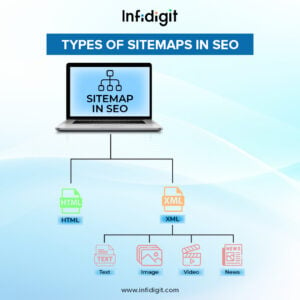
1) HTML Sitemap
An HTML sitemap is a webpage that lists all the important pages of a website in a structured format, making it easier for visitors to find and navigate the site. Unlike an XML sitemap, which is designed for search engines, an HTML sitemap is created with the user experience in mind. It serves as a helpful guide for visitors, especially on larger websites, allowing them to quickly access different sections or pages. By providing a clear and organized list of links, an HTML sitemap improves navigation and enhances the overall user experience.
The following is a screenshot of an HTML Sitemap:
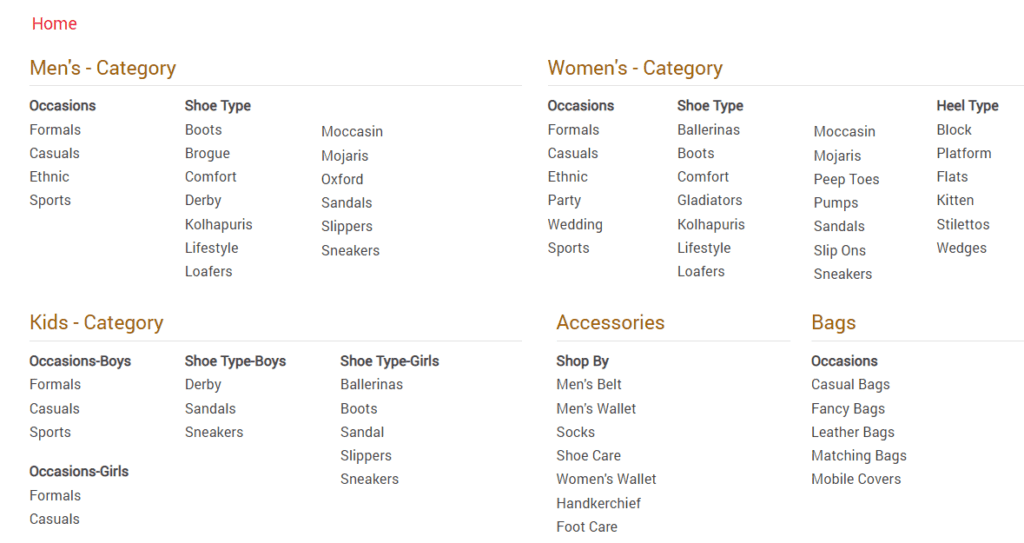
2) XML Sitemap
An XML sitemap is a file that lists all the important pages, videos, and other content on a website in a format that is readable by search engine bots. Unlike an HTML sitemap, which is meant for users, an XML sitemap is specifically designed for search engines to help them crawl and index the site’s content more efficiently. It provides search engine bots with a clear map of the website’s structure, ensuring that they can easily find and prioritize important URLs. By highlighting the most important pages, an XML sitemap helps bots understand which content should be indexed first, improving the site’s SEO and visibility in search results.
The following is a screenshot of an XML Sitemap:
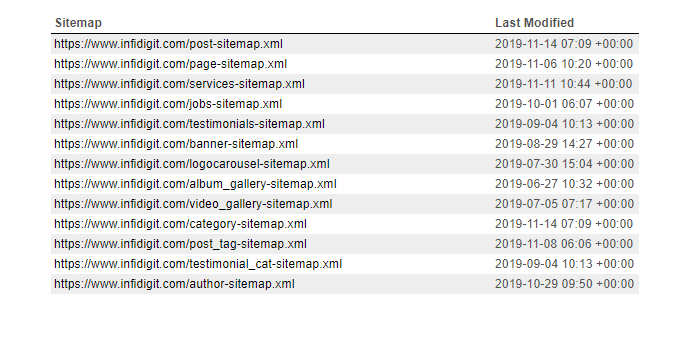
<lastmod>, <changefreq> & <priority> are a few tags which can be included in an XML Sitemap:
- The <lastmod> tag carries the date of the last modification of the file. The <lastmod> tag should always be in the format of YYYY-MM-DD
- The <changefreq> tag tells the crawler how frequently the page is changing.
One of these values – always, hourly, daily, weekly, monthly, and yearly should be present in <changefreq> tag.
- <priority> value can range from 0.0 to 1.0.
The priority tag is used to signal the importance of individual pages to Google & other search engines
In this case, 1 is the highest, and 0 is the lowest
If the <priority> value is not set for a particular page then by default the value is 0.5.
Check out this video to know more about sitemaps.

Types of XML Sitemaps
2.1) Image Sitemap:
An Image Sitemap is a type of sitemap that specifically lists images on a website, helping search engines crawl and index image content more efficiently. It provides information about the images, including their location (URL), type, and additional metadata like captions or titles. Image sitemaps ensure that search engines can discover and understand the context of images, improving their visibility in image search results. This is particularly useful for websites with a large number of images, as it helps increase the chances of those images being found and ranked by search engines.
The sitemap uses mandatory tags like <image:image> and <image:loc> to provide essential details about each image. Additionally, optional tags such as <image:caption>, <image:title>, <image:geo_location>, and others can be included to provide extra context and metadata for the images, further enhancing their search visibility.
The following is a screenshot of an image sitemap:
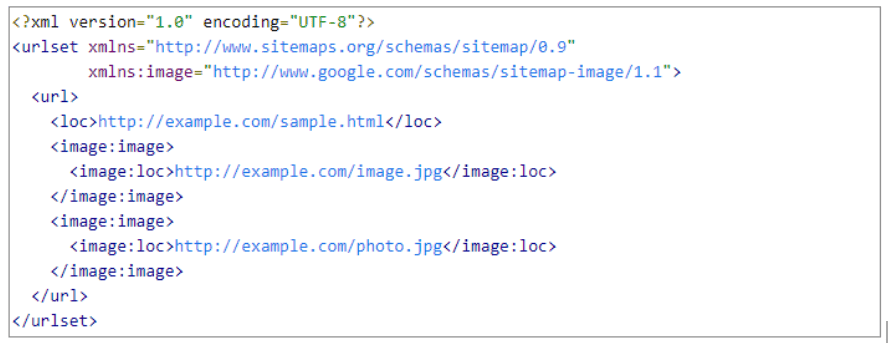
2.2) Video Sitemap:
A Video Sitemap is a specialized file that lists video content on a website, helping search engines discover, crawl, and index videos more effectively. It includes important metadata about each video, such as the title, description, URL, and duration. By providing detailed information, a video sitemap increases the likelihood of videos appearing in search results and video-specific search engines like Google Video Search. This helps improve video visibility and can drive more traffic to a website’s video content.
It allows search engine bots to better understand video content and its context on the website. Essential tags for a video sitemap include <url>, <loc>, <video:video>, <video:thumbnail_loc>, <video:title>, <video:description>, <video:content_loc>, and <video:player_loc>. These mandatory tags provide crucial details, ensuring search engines can crawl and index the videos effectively for better search rankings.
The following is a screenshot of a video sitemap:

2.3) News Sitemap:
A News Sitemap is a specialized sitemap required for news websites to help search engines index news articles more effectively. It ensures that articles appear in the “News Section” of Google search results. News Sitemaps must adhere to specific guidelines: they can only contain articles published within the last 2 days, ensuring timely content is prioritized. Additionally, a News Sitemap cannot contain more than 1,000 URLs. If a website has more than 1,000 URLs, multiple sitemaps must be created, and a sitemap index file should be used to organize them. Having a News Sitemap boosts the chances of articles being featured in Google’s News Section, improving visibility and driving more traffic to the site.
2.4) Mobile Sitemap:
A Mobile Sitemap is a specialized sitemap designed to help search engines index the mobile version of a website, ensuring that it is properly crawled and displayed in search results. However, according to John Mueller, a Mobile Sitemap is not necessary for websites that are mobile-friendly and use responsive design. In such cases, the same sitemap can be used for both the desktop and mobile versions. A Mobile Sitemap is only required if a website has a separate, specially formatted version for mobile devices. This helps search engines differentiate between desktop and mobile content to ensure proper indexing and display of mobile-specific pages in search results.
Advantages of Sitemap
A sitemap is a vital tool for both users and search engines, providing a structured overview of a website’s content. It ensures that all important pages, images, videos, and other resources are easily discovered and indexed, improving a website’s visibility and performance in search results.
Here are some key advantages of using a sitemap:
- Improved Indexing: Sitemaps help search engines discover and index all important pages, even those not easily accessible through internal links.
- Enhanced SEO: By prioritizing important URLs, sitemaps improve visibility and ranking in search engine results.
- Faster Content Discovery: New or updated pages are quickly found and indexed by search engines, ensuring timely visibility.
- Better Navigation: HTML sitemaps improve user experience by providing an organized list of pages for easy navigation.
- Support for Multimedia Content: Image and video sitemaps help multimedia files get indexed and featured in search results.
- Ideal for Complex Websites: Sitemaps are essential for large websites with deep structures, ensuring all content is crawled effectively.
- Improves Crawl Efficiency: Bots can better understand the website structure, reducing the risk of overlooking important pages.
- Facilitates International SEO: Sitemaps can include hreflang tags to help search engines understand multilingual and region-specific content.
FAQs About Sitemap
What is a sitemap, and why is it important?
A sitemap is a file that lists all the important URLs of your website to guide search engines in crawling and indexing your content. It ensures that even less-visible pages are discovered and included in search engine results.
What are the types of sitemaps?
The two main types are XML sitemaps, which are designed for search engines to improve indexing, and HTML sitemaps, which help users navigate a website more effectively.
What is the difference between XML and HTML sitemaps?
XML sitemaps are for search engines and focus on technical details like page priority and update frequency. HTML sitemaps are user-friendly and provide a clickable list of important pages on the website.
How does a sitemap help with SEO?
A sitemap enhances SEO by ensuring search engines can efficiently crawl and index all key pages, even those buried deep in the site structure. This improves the likelihood of these pages appearing in search results.
What is the ideal structure of a sitemap?
A well-organized sitemap should include all essential pages, such as blogs, category pages, and service pages. It should avoid duplicate URLs, irrelevant pages, and broken links.
What tools can I use to generate a sitemap?
Popular tools include Yoast SEO, Screaming Frog, XML-sitemaps.com, and RankMath for WordPress. Many CMS platforms also provide automatic sitemap generation.
Popular Searches
How useful was this post?
4.4 / 5. 5












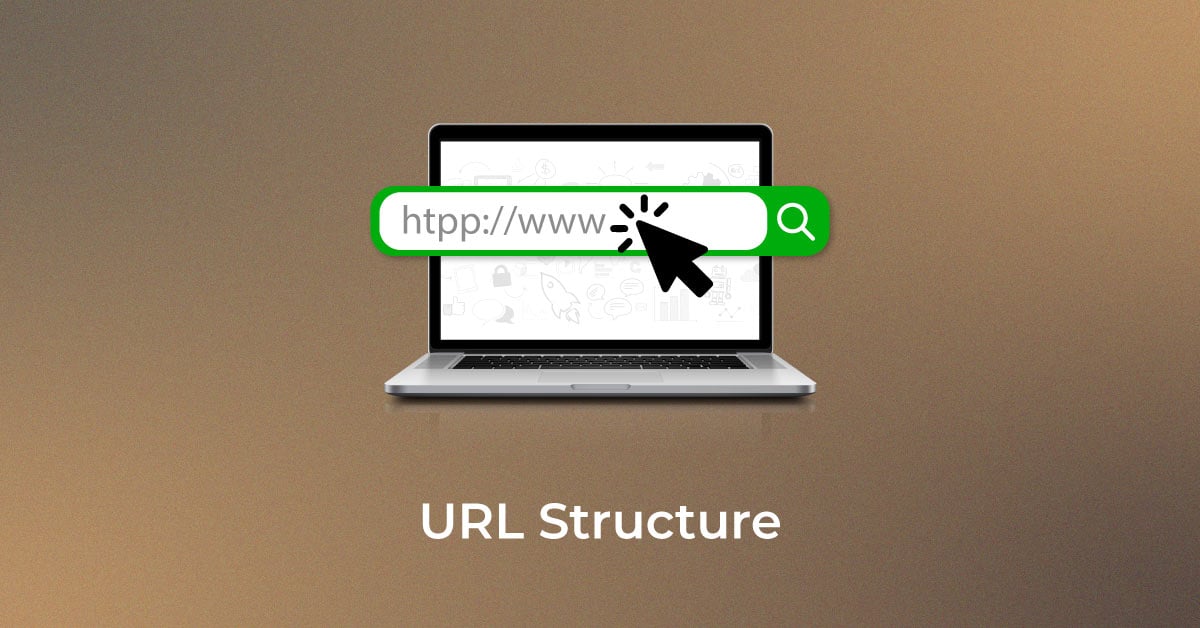
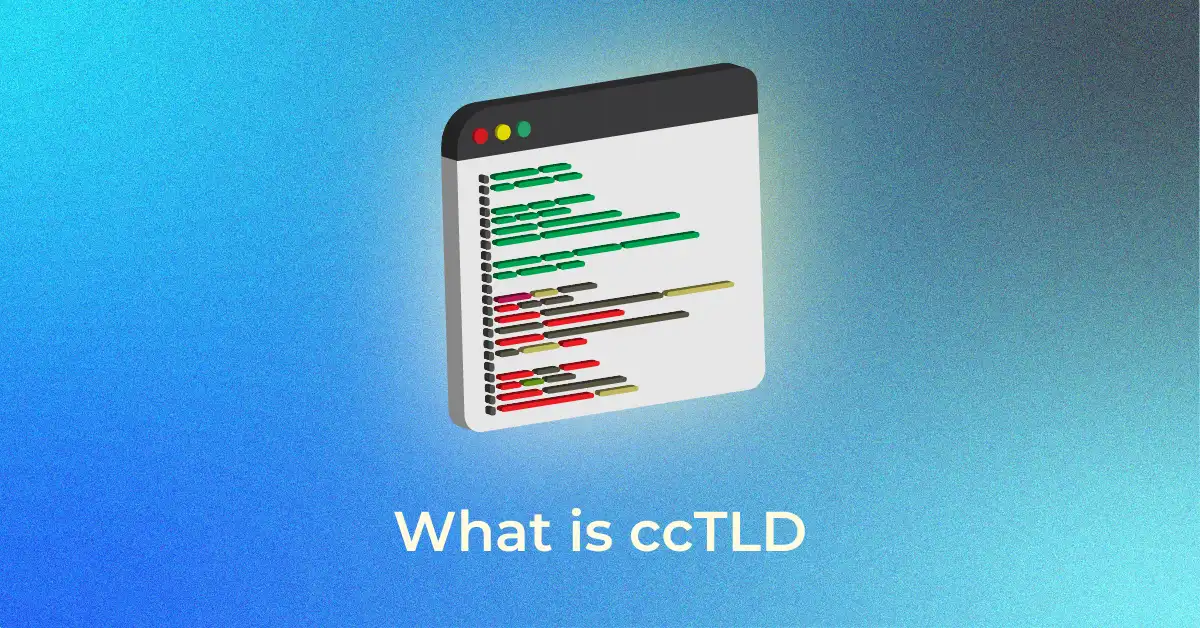
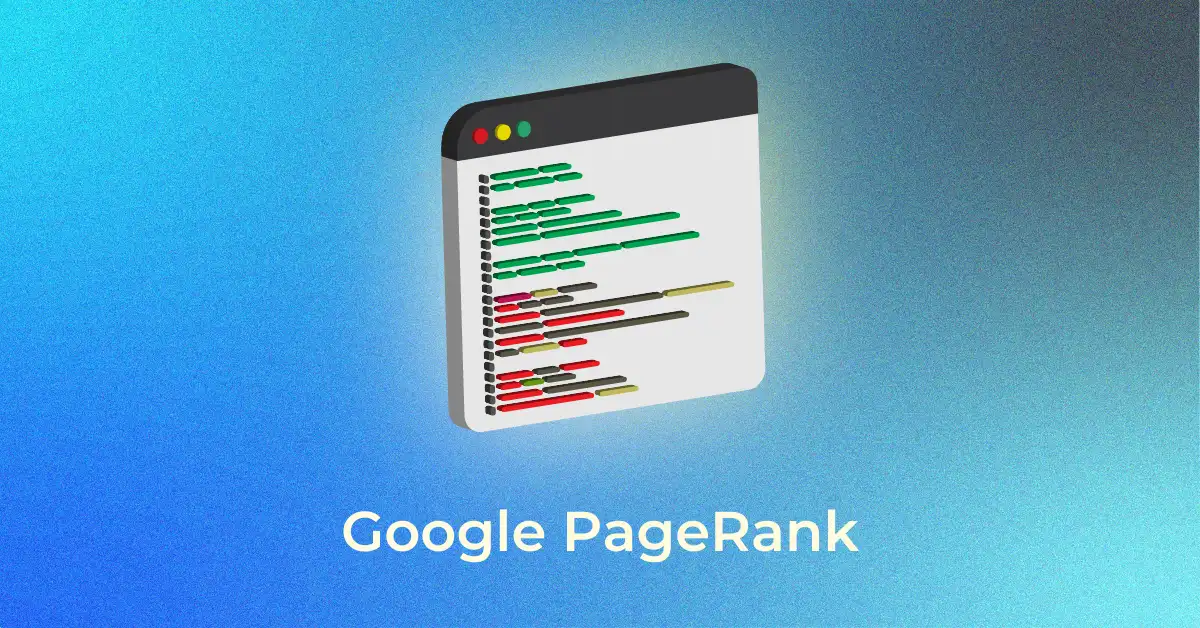


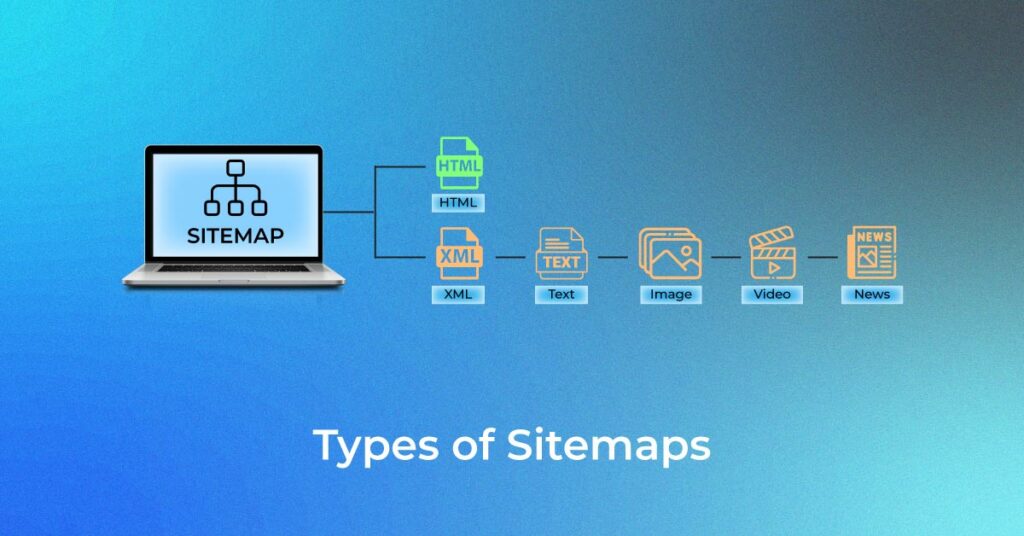
6 thoughts on “Types of Sitemaps in SEO”
Thanks, Infidigit for sharing information on types of Sitemaps.
Great article.
Thank You, Subscribe to our blogs to stay updated with upcoming blogs.
Thanks for sharing the article.
Great job…
Great post – thanks for Sharing good and Helpful information with us.
Thank you. Read our latest posts for more updates.
THANKS FOR SHARING GOOD INFORMATION WITH US.